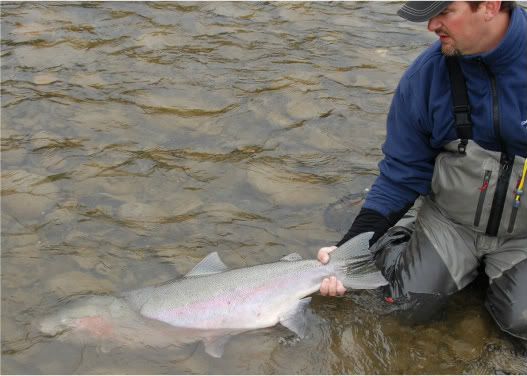If the paint you're stripping is a polyurethane, make sure the stripper you get is methyl-chloride based........and don't use methyl-chloride in the sun, it's photo-reactive and will start bubbling all over. Kleen-Strip 'Aircraft Remover' is a very effective stripper.
When doing the etching, the second step is an Alodine (chromic acid) treatment. Chromic acid contains chromium, a very toxic heavy metal. Wear protective gloves and clothing.
Both the epoxy primer and the urethane finishes you'll probably apply to the boat use cyanide-based catalysts. If you can't get your hands on a supplied-air respirator, use the best quality organic filter mask you can and keep your work area well-ventilated. Leave your work area immediately after you spray, while the finish gases off. These finishes can really harsh you out if you're not careful.
Before you shoot your boat, get your hands on a piece of aluminum and paint it. A little practice with the products you buy goes a long way towards getting a quality result. If the pice of aluminum looks like crap, your boat will look like crap, only bigger. Some guys don't want to "waste" paint and primer practicing. Well, going at it blind with primer and paint that cost $150+/gallon isn't a good way to save money.
Don't use a crappy, dirty gun. And get dual water traps if you're using compressed air, or better yet get an HVLP spray system........you can rent them in bigger towns. HVLP's deliver more product with less overspray, but can be tricky to use with polyurethane finishes because the turbines they use heat the air that supplies the gun, which can lead to orange peel.
It's a load of work, but if you do a good prep job and follow the mixing/reduction/application instructions for the finishes you buy, you can save a load of dough doing it yourself.
My boat's bare aluminum on the outside.

















 Previous Topic
Previous Topic Index
Index

